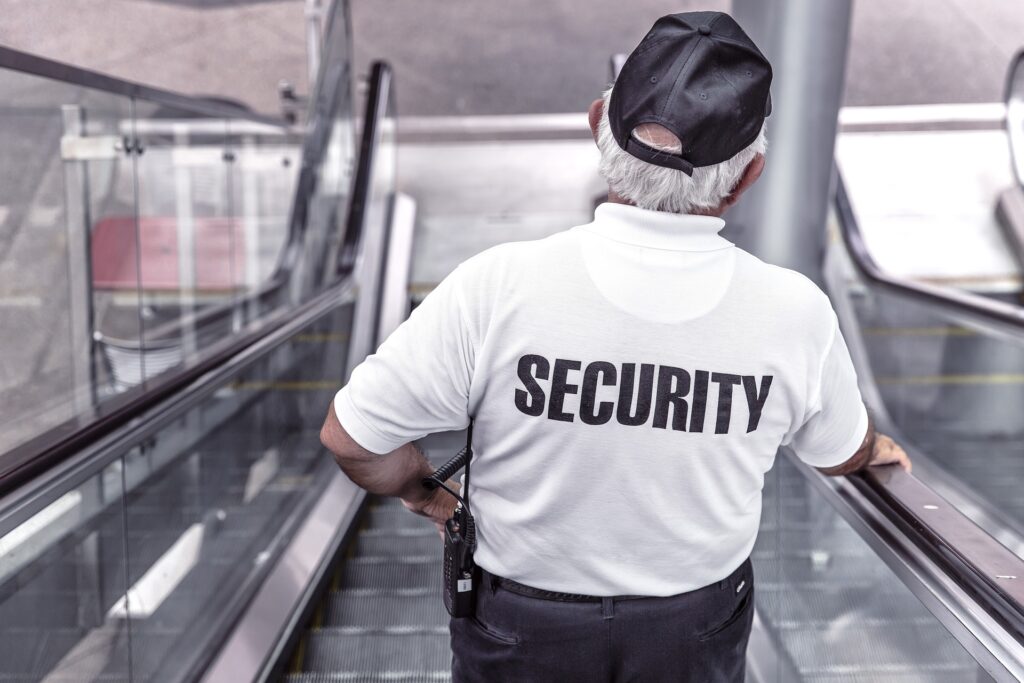Why Physical Security Is Critical for Businesses
A physical security system can protect a business’s personnel, property, and hardware from physical actions or unauthorized access that might cause loss or damage. Implementing a plan can prevent threats to the physical environment and security breaches learn here for more business ideas.
Various measures can be put in place to safeguard a business. They include surveillance cameras, keyed or padlocked entry tools to control access, and security guards’ Physical security is a crucial part of a cybersecurity plan.
A physical security strategy’s three most essential components are surveillance, access control devices, and testing to ensure personnel and physical assets remain safe.
Access Control Solutions
An access control solution allows companies to control access to areas within a business’s physical environment. Devices can restrict access to individuals with authorization to enter. An access control system can be as simple as locks, keys, and gated and guarded entrances. Companies can also control access using a keycard system that provides access to specific personnel. Comprehensive controls may include advanced lock techniques, biometrics, and alert systems that signal an unauthorized access attempt.

An access control infrastructure can cover card readers, electric locks, and door status that monitors traffic and requests to exit devices. All devices report to a control panel and server.
Electric locks: A lock system can include fail-safe locks that lock when supplied with power. It could also have fail-secure locks that unlock when they are provided with power. Fail-safe locks are used to secure doors on fire escape routes, while fail-secure doors are installed in rooms, such as an IT office, that must be protected if there is an outage; fail-secure entries include push bars so people can exit but not reenter in an emergency.
Access control panel: A control panel is typically set up in a secure location like an electrical closet or IT room. When someone scans their credentials, a signal travels to the control panel. The panel then sends an authorization to unlock the door.
Access control server: A server stores an access control system’s permissions and data. The system can unlock a door for a specific individual and track data for anyone who enters and when. Servers can exist as a cloud-based service, on a dedicated computer, or in a card reader.
A Surveillance System
Surveillance is a type of physical security that uses technology to monitor essential access points and help prevent unauthorized individuals from entering. Technology has evolved from basic camera systems to motion detection, heat sensors, and advanced warning systems. Advanced notification systems allow companies to identify incidents, respond, and minimize damage.
Testing Security Systems
Ensuring security systems are always working is as important as implementing solutions. Businesses must act fast to ensure security measures are effective, and systems must be regularly tested. Tests can help identify flaws or weak areas so companies can correct them.
Physical security systems protect companies’ physical assets, personnel, and information. An access control solution and surveillance equipment are core components of most security plans. Businesses must also regularly test systems to identify flaws and correct problems quickly.